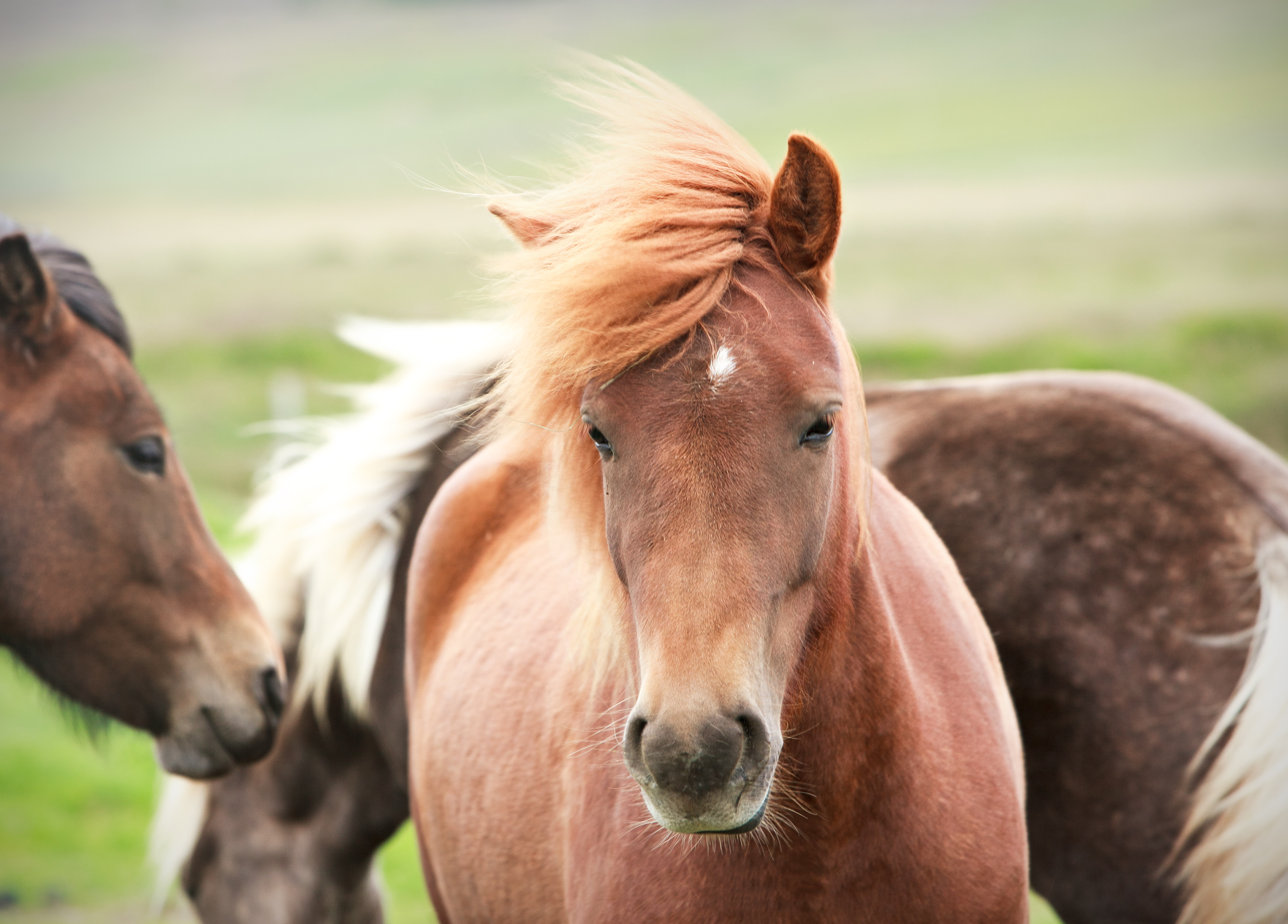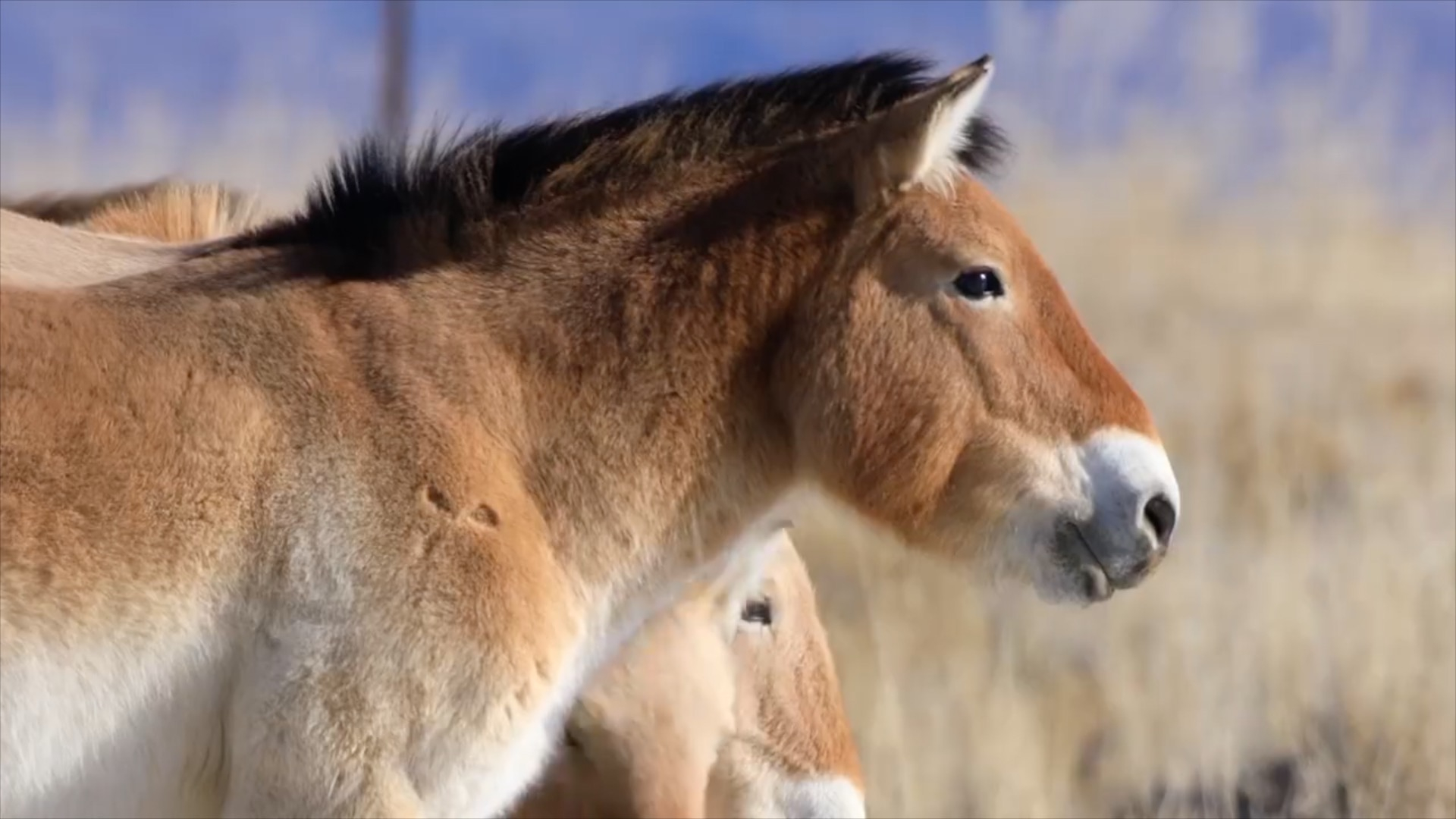

In the video he testifies and explains how the Salt River wild horses we re managed before 1971. Curtis Johnson, who had a long career working for the US Forest Service for 42 years. Johnson, who worked at the Mesa Ranger District, states that the horses “… were not considered unauthorized use, they were considered wild horses” and managed as such throughout the 1960s under the Multiple Use Sustained Yield Act of 1960.Ĭlick here to see the Youtube video of Mr. In fact, then US Forest Service Regional Rangeland Ecosystem Specialist Mr. That decision ran counter to the longstanding FS policy to manage these horses as “wild” and distinct from stray livestock all the years prior to 1971. The claim by the United States Forest Service (USFS), that the Salt River horses are not “wild” but let loose by ranchers instead, is based on a 1974 letter that acknowledged “dense riparian vegetation … makes it very difficult to … even observe these animals.” (simply put they went out looking for horses once and didn’t find any) They based their entire decision to deny the wild horses protection under the Act on one outing. This includes the Heber wild horse Territory and two BLM Herd Management Area’s (Bureau of Land Management) of the Cerbat Mountains and Yuma.

Today, it is estimated by the BLM, that we have less than 500 wild horses left in the entire State of Arizona. The Salt River wild horses likely escaped the killings by hiding in the thick vegetation along the river banks. The majestic animals were considered “worthless” and were rounded up and slaughtered by the thousands in Phoenix. Locally, according to this newspaper article, titled: “Phoenix Concern Eliminating Wild Horses From State”, dated 1927, there were “a half a million wild horses on Arizona Ranges”, assuring an unlimited supply for the operations of the Arizona Reduction works, a horse slaughter house. In 1908 the Forest Service put out a standing order on its domain, to kill every wild horse on site in Lander County. The Forest Service and ranchers organized roundups to shoot the animals. Wild horses were considered competition for cattle (much like today) and useless beasts. Sadly, very similar to the story of the bison, the mass extermination started around 1850. (source Architect of the Capitol, Washington D.C.).īy the 1800’s all over the western planes, the herds had grown and it was reported by many settlers and explorers (Meriwether Lewis and Clark, George Catlin, Rosa Bonheur) who described that there were large herds of wild horses roaming the planes, together with the bison. Father Kino remained in southern Arizona until his death in 1711. He had 6 succesful missions in Arizona including in Phoenix. Tracing the Salt River wild horses back, historic records indicate that in 1687 Missionary Father Eusebio Keno journeyed to Southern Arizona (then Sonora) Due to his efforts, missions and stockyards were developed, he reportedly left hundreds of horses and cattle at each mission. His many expeditions on horseback covered over 50,000 square miles. The word Mustang or Wild Horse is used interchangeably. Once escaped, these horses evolved without the influence of man and through survival of the fittest, evolved into the incredibly durable and tough breed we know today. The name was derived from the Spanish word mustengo, which means “ownerless beast”.

Mustangs are descendants of Spanish, or Iberian, horses that were brought to the Americas by Spanish explorers in the 16th century.
WILD HORSES FREE
This A rizona Champion Newspaper article, dated January 25, 1890, and located in the Arizona State Archives, classifies horses in the Salt River Valley as “native stock ” and “native animals”.įor people back then to classify the free roaming horses as native, there would have to have been a minimum of 5 or 6 generations who knew about their existence (equal to 100 years), proving they existed here since at least 1790. How long have the Salt River wild horses been here?Īccording to Arizona’s own historical records, wild horses have been living on the Salt River and the Salt River Valley since well before the Tonto National Forest was created in 1902, but more likely much longer. Back in 1890 the Salt River wild horses were referred to as “native animals”.

The Salt River wild horses are a historic population of unbranded, unclaimed, wild and free-roaming horses, that were born in the wild and merit protection within our National Forest.


 0 kommentar(er)
0 kommentar(er)
